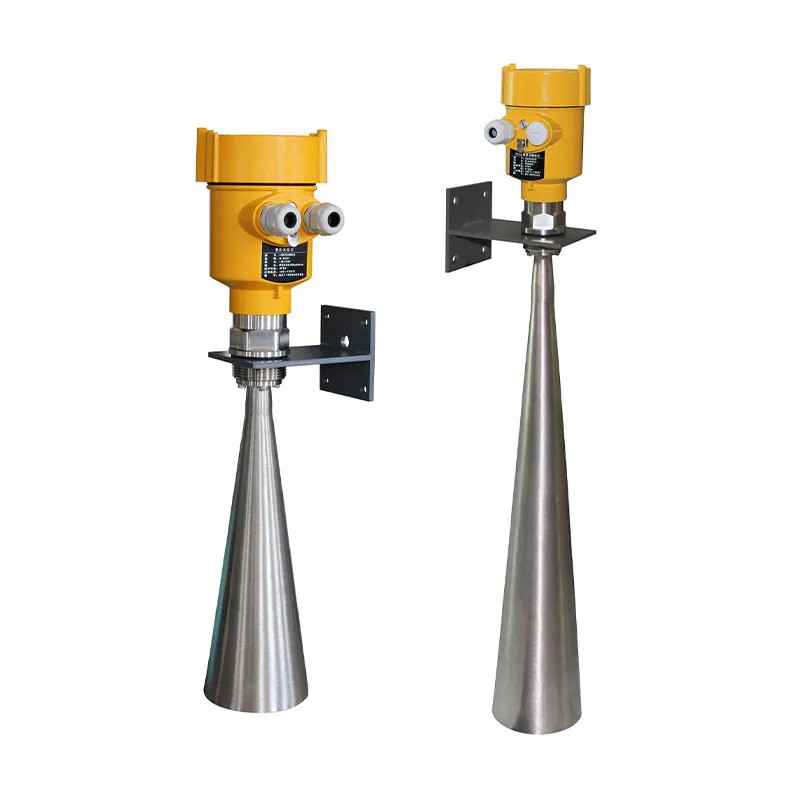Radar level transmitters are an essential component in various industries where accurate and reliable measurement of liquid levels is crucial. They utilize radar technology to determine the distance between the transmitter and the liquid surface, providing real-time data that helps operators monitor and control processes effectively.
Performance in Challenging Environments
One of the key advantages of radar level transmitters is their ability to perform in challenging environmental conditions. They are unaffected by factors such as temperature, pressure, dust, and vapor, making them suitable for use in harsh industrial settings. This durability ensures consistent performance and minimizes downtime, ultimately saving time and money for businesses.
Types of Radar Level Transmitters
Radar level transmitters are available in two main types: guided wave radar and non-contact radar. Guided wave radar transmitters use a probe that extends into the liquid, providing accurate measurements even in turbulent conditions or when there are obstacles in the tank. Non-contact radar transmitters, on the other hand, use a radar beam that is directed towards the liquid surface, making them suitable for use in applications where contact with the liquid is impractical or not possible.
Versatility Across Industries
Another key feature of radar level transmitters is their ability to measure a wide range of liquids, including corrosive, abrasive, and viscous substances. This versatility makes them ideal for use in a range of industries, such as oil and gas, chemical processing, water and wastewater treatment, and food and beverage production.
Installation and Integration
In terms of installation, radar level transmitters can be mounted on the top of a tank or vessel, ensuring easy access for maintenance and calibration. They can also be integrated with other monitoring and control systems, providing operators with a comprehensive view of their processes and enabling them to make informed decisions quickly.
Selecting a Supplier
When it comes to selecting a radar level transmitter suppliers, there are several factors to consider. It is important to choose a supplier that offers a range of products to suit your specific application requirements. Look for suppliers that have a track record of providing high-quality, reliable radar level transmitters and have a reputation for excellent customer service and support.
Technical Considerations
Additionally, consider the technical capabilities of the supplier, including their expertise in radar technology and their ability to provide custom solutions if needed. It is also important to ensure that the supplier complies with industry standards and regulations, such as ISO certification, to guarantee the quality and reliability of their products.
Conclusion
Ultimately, investing in a high-quality radar level transmitter from a reputable supplier can help improve operational efficiency, increase productivity, and ensure the safety and security of your processes. By exploring the top radar level transmitter suppliers and choosing the right technology for your application, you can take your business to the next level and achieve your goals effectively.
